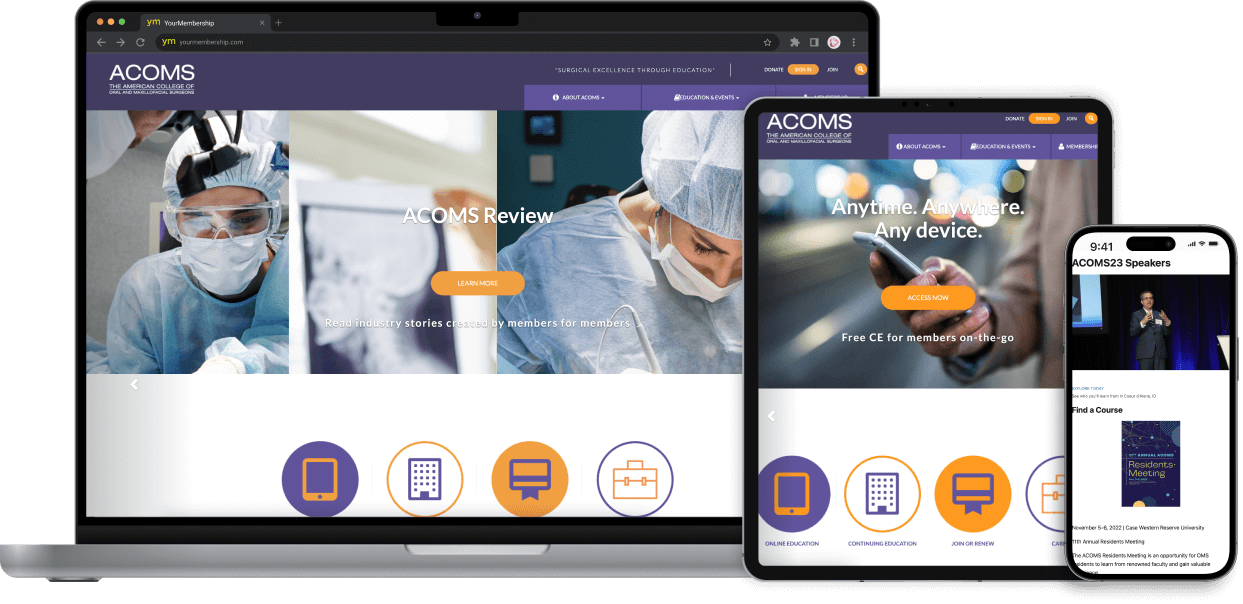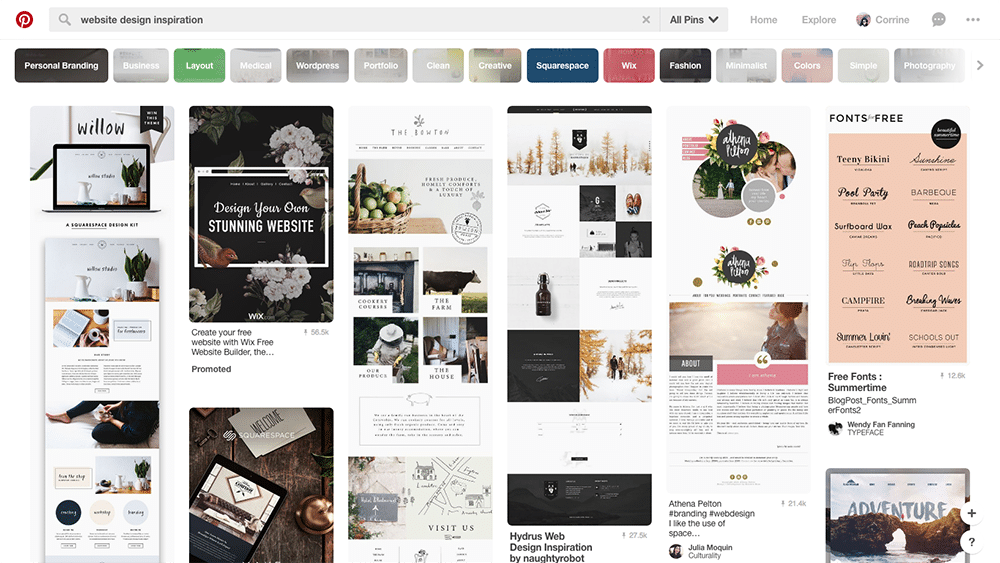The Comprehensive Guide to Crafting Aesthetically Appealing and Practical Website Design That Meets Customer Requirements
In today's digital landscape, the relevance of crafting website design that are both useful and visually enticing can not be overstated. By focusing on user-centered design concepts, designers can develop experiences that not only draw in but likewise preserve user passion. Key aesthetic elements such as placement, comparison, and balance play a critical role in this procedure, while the need of responsive design makes sure accessibility across different tools. Nonetheless, the trip does not finish with initial design; continuous testing and version are essential for improvement. What techniques can one utilize to properly stabilize these parts?
Recognizing User-Centered Layout
At the heart of reliable website design lies the concept of user-centered style, a viewpoint that prioritizes the demands, choices, and habits of individuals throughout the development procedure. This strategy includes extensive research to recognize the target market, guaranteeing that the end product reverberates with its intended customers. By integrating user responses at every phase, designers can develop interfaces that are not only visually enticing yet user-friendly and also useful.
User-centered style emphasizes compassion, needing developers to enter the users' shoes and consider their perspectives. Methods such as user characters, journey mapping, and use testing are used to identify discomfort points and chances for enhancement. This repetitive procedure permits consistent refinement, as developers adjust to developing customer requirements and technical improvements.
Including user-centered design causes increased individual satisfaction and interaction, inevitably resulting in greater conversion prices and brand loyalty. It promotes a joint environment where stakeholders, including developers, programmers, and users, collaborate to attain a shared vision. By putting users at the forefront of the style procedure, companies can develop websites that not only meet company goals however likewise supply rewarding and meaningful experiences for users.
Key Principles of Visual Style
Efficient visual style functions as the foundation for creating engaging and user-friendly websites. It encompasses numerous vital concepts that assist developers in crafting visually pleasing and functional interfaces.
First, balance plays an essential role in achieving aesthetic consistency. Designers should distribute components equally across the layout to prevent overwhelming users. This can be attained with in proportion or asymmetrical design techniques.
Following, comparison improves readability and draws focus to crucial aspects. By utilizing varying colors, forms, or sizes, developers can create prime focus that guide customers with the content.
In addition, positioning is important for arranging info. Consistent positioning of text and photos fosters a tidy layout, boosting overall navigating and user experience.
Distance also adds to visual clearness. Grouping associated things together help customers in recognizing the relationship in between various aspects, making the user interface much more instinctive.
Lastly, uniformity in layout elements, such as designs, shades, and font styles, enhances brand name identity and assists customers browse the site a lot more effortlessly. By including these essential concepts of aesthetic layout, web designers can produce user interfaces that are not just visually appealing however user-centered and also functional.
Value of Responsive Layout
Receptive design is a crucial aspect of contemporary web advancement, ensuring that sites work effortlessly across a selection of devices and display dimensions. As the web landscape progresses, the diversity of devicesâEUR" ranging from mobile phones to tablets and desktop computer computersâEUR" demands a layout strategy that suits all customers.
Implementing receptive layout enables a versatile design that automatically adjusts based on the individual's screen dimensions. This adaptability not only boosts accessibility but additionally boosts functionality, as individuals can communicate and navigate with the site easily, no matter of their gadget.

Additionally, responsive design decreases the requirement for preserving several variations of an internet site, streamlining updates and content administration. This effectiveness equates right into price financial savings and an extra natural brand name experience throughout systems.
Enhancing Customer Experience
Customer experience (UX) is a pivotal part of web layout, affecting just how site visitors connect with an internet site and regard its worth. A well-crafted UX makes certain that individuals can navigate without effort, find information easily, and attain their objectives effectively. The style should consider the user's journey, from the moment they land on the website to the conclusion of their preferred action, whether that be buying, registering for an e-newsletter, or accessing info.
Crucial element that enhance UX include clear navigating, responsive layouts, and engaging aesthetic material. Consistency in layout aspects such as buttons, shades, and typefaces cultivates knowledge, making the internet site feel natural. Furthermore, optimizing lots times is critical; users are much less likely to stay on a website that is sluggish to this website react.

Evaluating and Iterating Layouts
Evaluating and iterating layouts are essential processes that follow the preliminary development of a site, ensuring that the customer experience stays at the forefront of any kind of changes. These stages involve collecting individual feedback, analyzing style performance, and making educated modifications to enhance functionality and engagement.
Use testing enables developers to observe real individuals as they connect with the site, identifying discomfort factors and locations for improvement. Individual studies can offer qualitative insights, catching customer views and preferences.
Continuous iteration cultivates a flexible layout strategy, where the internet site develops in reaction to user actions and responses. By devoting to extensive testing and iteration, developers can develop a web site that not only meets visual criteria however also supplies a delightful and smooth individual experience.

Conclusion
Finally, efficient website design demands the integration of user-centered principles, crucial aesthetic layout elements, and responsive frameworks to create engaging interfaces. By prioritizing user needs and implementing continuous testing and iteration, designers can refine their creations to boost general contentment. The dedication to these techniques not just fosters a visually appealing aesthetic but also ensures functionality throughout varied gadgets, ultimately adding to a favorable Click This Link individual experience and raised interaction.
By focusing on user-centered design concepts, developers can produce experiences that not just draw in but also maintain user interest.At the heart of efficient internet style lies the concept of user-centered style, a viewpoint that prioritizes the demands, choices, and behaviors of customers throughout the growth process. By positioning individuals at the leading edge of the design procedure, organizations can develop internet sites that not only meet organization goals but additionally offer fulfilling and significant experiences for users.
By focusing on user demands a fantastic read and preferences, internet designers can develop experiences that are not only aesthetically attractive yet likewise useful, eventually fostering individual fulfillment and loyalty.
Individual surveys can use qualitative understandings, catching customer beliefs and choices.